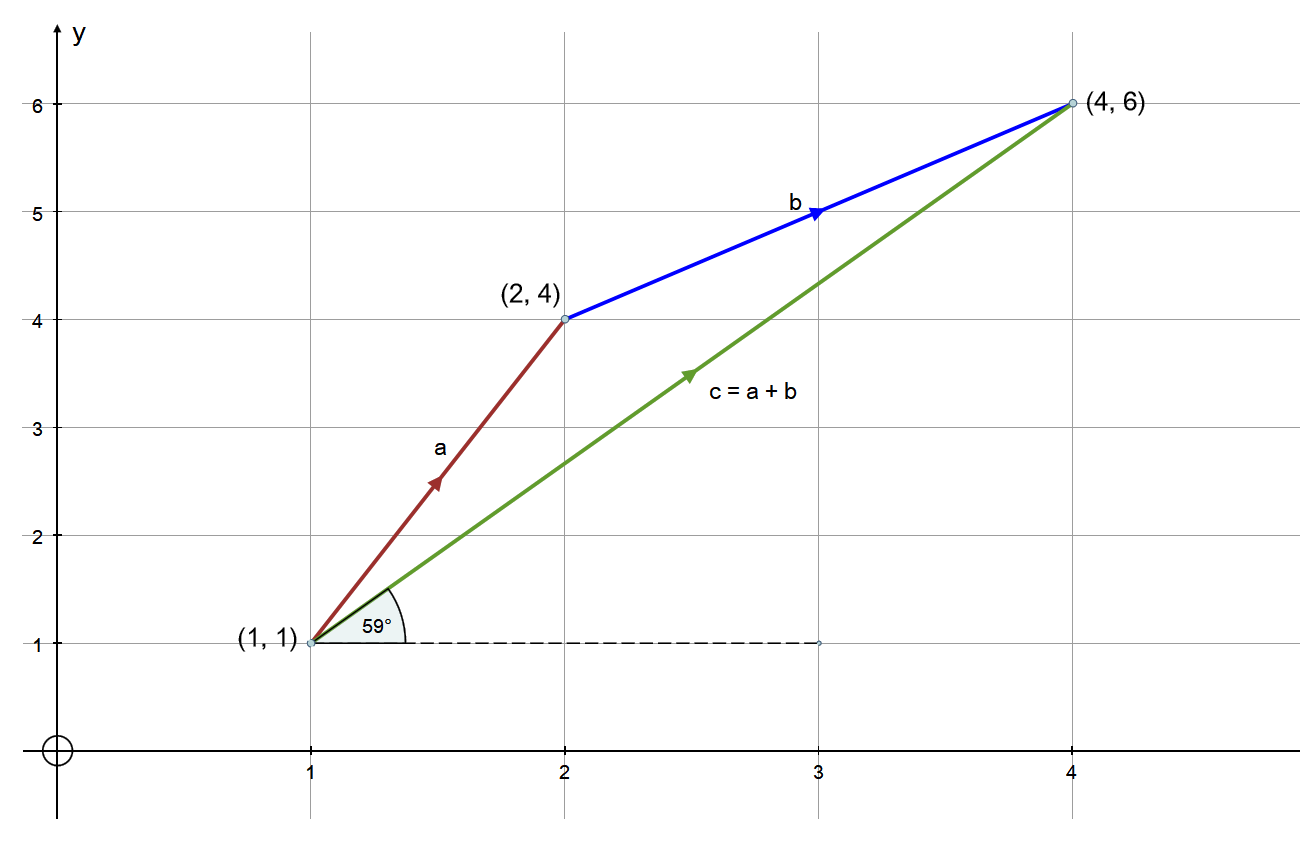I am doing vector diagrams with two vectors and you have to find the direction and magnitude of the resultant vector. How do I know which angle to use to describe the direction of the vector?
1 Answer
See below.
Explanation:

From the diagram.
We have vectors
Writing the vectors in column form.
Resultant vector
The magnitude of some vector
This is just Pythagoras's theorem. You have probably also seen this as the distance formula.
So magnitude of resultant vector
The direction is given as the angle the vector makes with the positive x axis. This is given as a positive angle .i.e. anti-clockwise rotation.
This angle can be found using the tangent ratio.
Since the tangent ratio is:
This is the same as:
So for vector
Therefore:
This is the most common form of direction, but there are situations where the direction can be given as a bearing.

